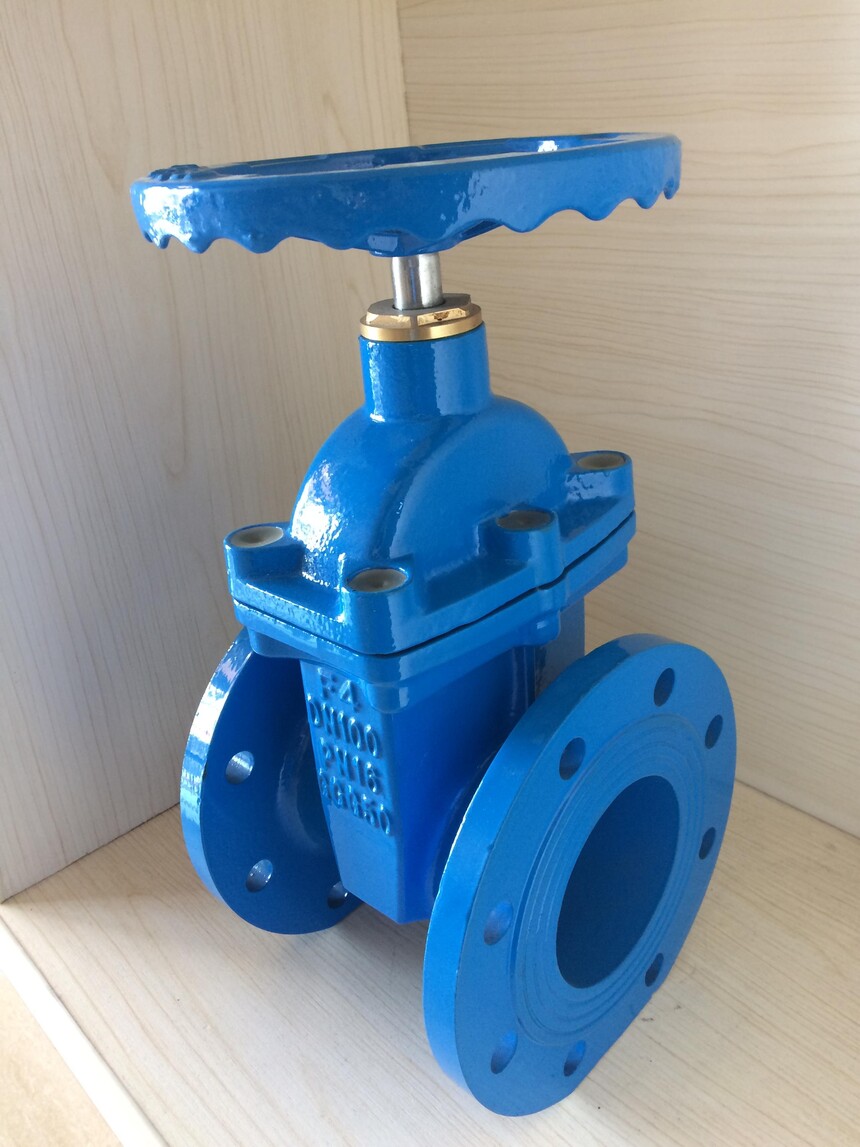|
Performance comparison and upgrade advantages of bronze Seat Gate Valves vs. Traditional gate valvesIn the realm of industrial and commercial fluid control systems, gate valves play a pivotal role in regulating the flow of liquids and gases. Among the various types available, bronze seat gate valves have emerged as a notable upgrade over traditional gate valves, offering a range of performance benefits that make them a preferred choice in many applications. This article delves into a comprehensive comparison of these two valve types, highlighting the key advantages of bronze seat gate valves.
1. Material Composition and Corrosion Resistance Traditional Gate Valves Traditional gate valves are often constructed from materials such as cast iron, steel, or stainless steel. While these materials are durable and can withstand high pressures, they are susceptible to corrosion, especially when exposed to aggressive fluids, saltwater, or certain chemicals. Over time, corrosion can lead to leaks, reduced valve efficiency, and even complete failure, necessitating costly repairs or replacements. Bronze Seat Gate Valves Bronze seat gate valves, on the other hand, are crafted from bronze, an alloy known for its excellent corrosion resistance. Bronze contains copper, which naturally forms a protective oxide layer on its surface when exposed to the environment. This layer acts as a barrier against corrosion, making bronze seat gate valves ideal for use in corrosive environments, including marine applications, chemical processing plants, and water treatment facilities. The enhanced corrosion resistance of bronze valves ensures a longer service life and reduces maintenance costs. 2. Sealing Performance and Leak Prevention Traditional Gate Valves The sealing mechanism in traditional gate valves typically relies on a wedge-shaped gate that moves up and down to open or close the flow passage. While this design can be effective, it is prone to issues such as gate wear, misalignment, and the accumulation of debris, all of which can compromise the valve's sealing performance. Leaks are a common problem, especially in applications where the valve is frequently cycled or exposed to high-pressure differentials. Bronze Seat Gate Valves Bronze seat gate valves incorporate a specialized bronze seat that provides a superior sealing surface. The bronze seat is designed to conform closely to the gate, creating a tight seal even under varying pressure conditions. Additionally, the smooth surface of the bronze seat minimizes the risk of debris buildup and reduces friction, ensuring consistent and reliable sealing performance. This makes bronze seat gate valves an excellent choice for applications where leak prevention is critical, such as in pipelines carrying hazardous or valuable fluids. 3. Operation and Maintenance Ease Traditional Gate Valves Operating traditional gate valves can sometimes be challenging, particularly in large-scale systems where high torque is required to open or close the valve. The wedge-shaped gate design can also lead to binding or sticking, especially if the valve has not been used for extended periods. Maintenance tasks, such as replacing worn seals or repairing damaged components, can be time-consuming and labor-intensive, often requiring specialized tools and expertise. Bronze Seat Gate Valves Bronze seat gate valves are engineered for smooth and effortless operation. The design of the bronze seat reduces friction, allowing the valve to be opened and closed with minimal effort, even in high-pressure applications. Maintenance is also simplified due to the valve's durable construction and corrosion-resistant properties. Regular inspections and cleaning are typically all that is required to keep the valve in optimal condition, reducing downtime and associated costs. 4. Temperature and Pressure Tolerance Traditional Gate Valves Traditional gate valves are designed to handle a wide range of temperatures and pressures, but their performance can be affected by extreme conditions. For example, cast iron valves may become brittle at low temperatures, increasing the risk of cracking or failure. Similarly, steel valves may experience thermal expansion or contraction, leading to misalignment and leaks. Bronze Seat Gate Valves Bronze seat gate valves exhibit excellent temperature and pressure tolerance. Bronze has a relatively low coefficient of thermal expansion, meaning it maintains its dimensional stability across a wide temperature range. This makes bronze seat gate valves suitable for use in both hot and cold applications, from steam systems to cryogenic fluid handling. Additionally, the robust construction of bronze valves allows them to withstand high pressures without compromising sealing performance or structural integrity. 5. Cost-Effectiveness and Long-Term Value Traditional Gate Valves While traditional gate valves may have a lower initial cost compared to bronze seat gate valves, their long-term value |

